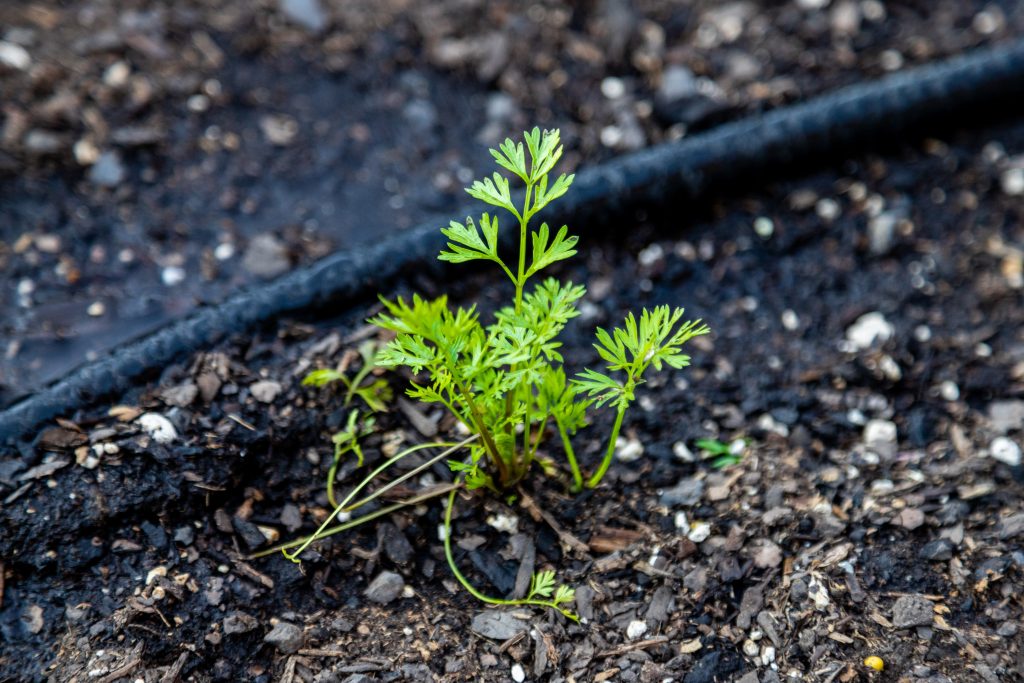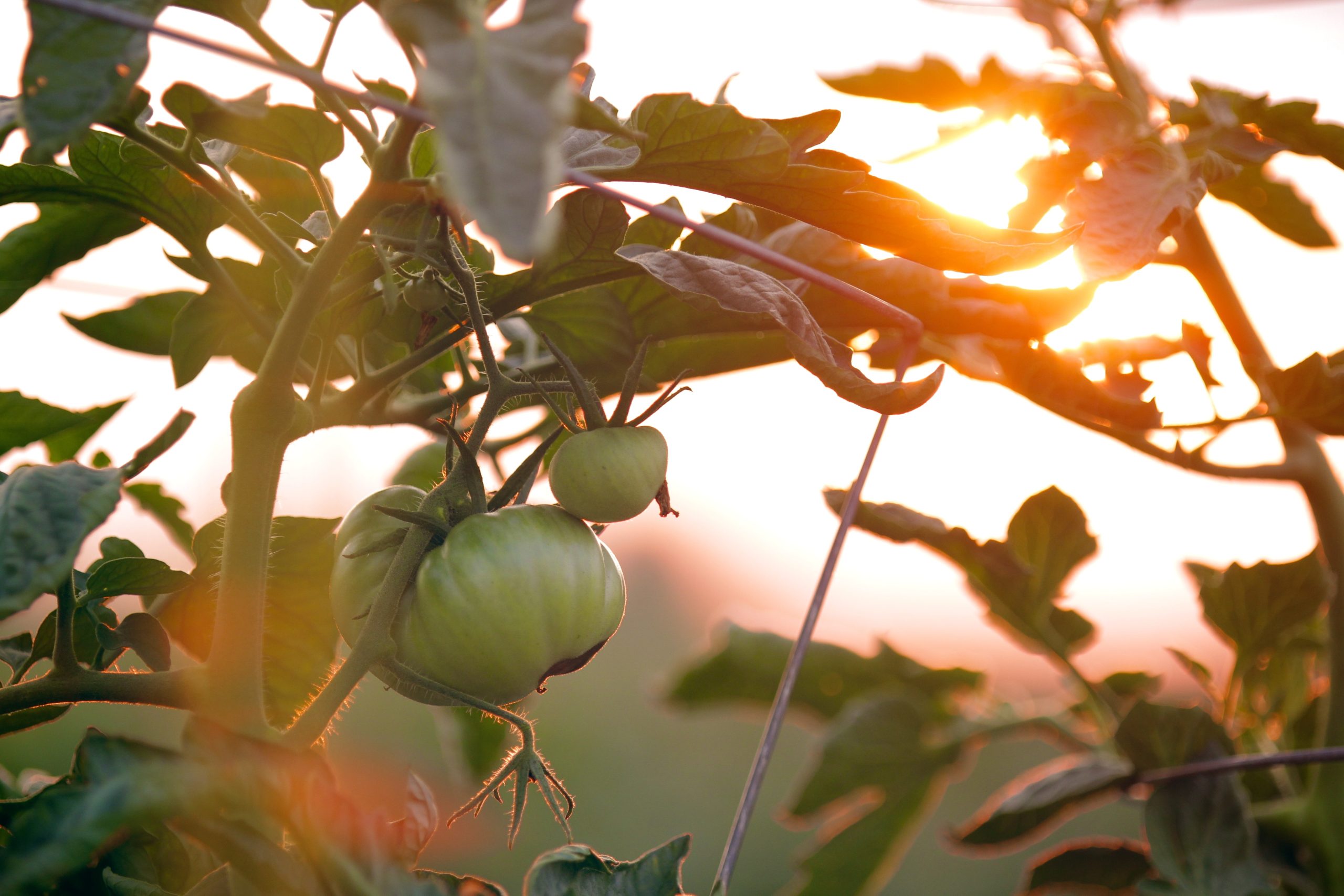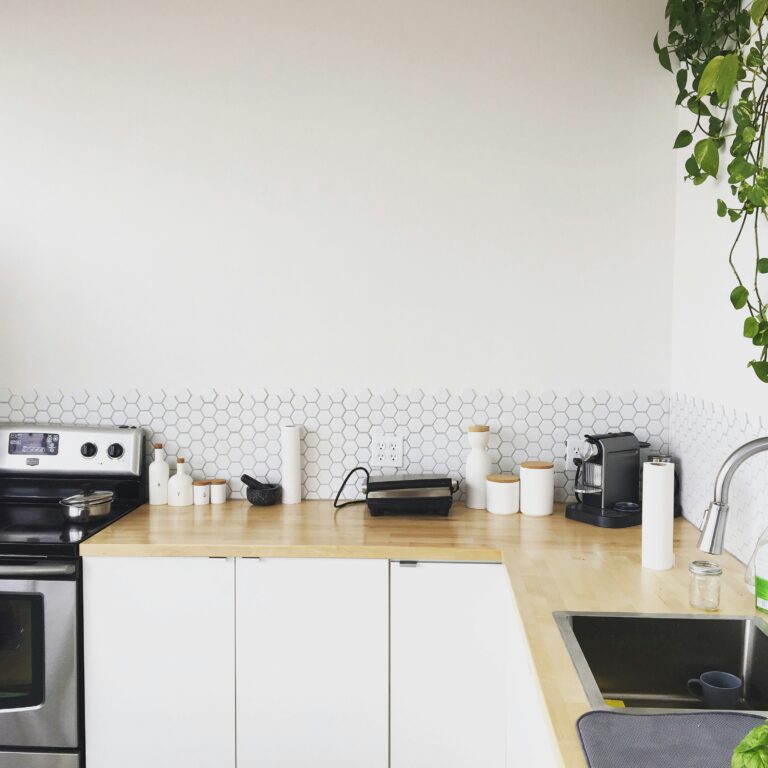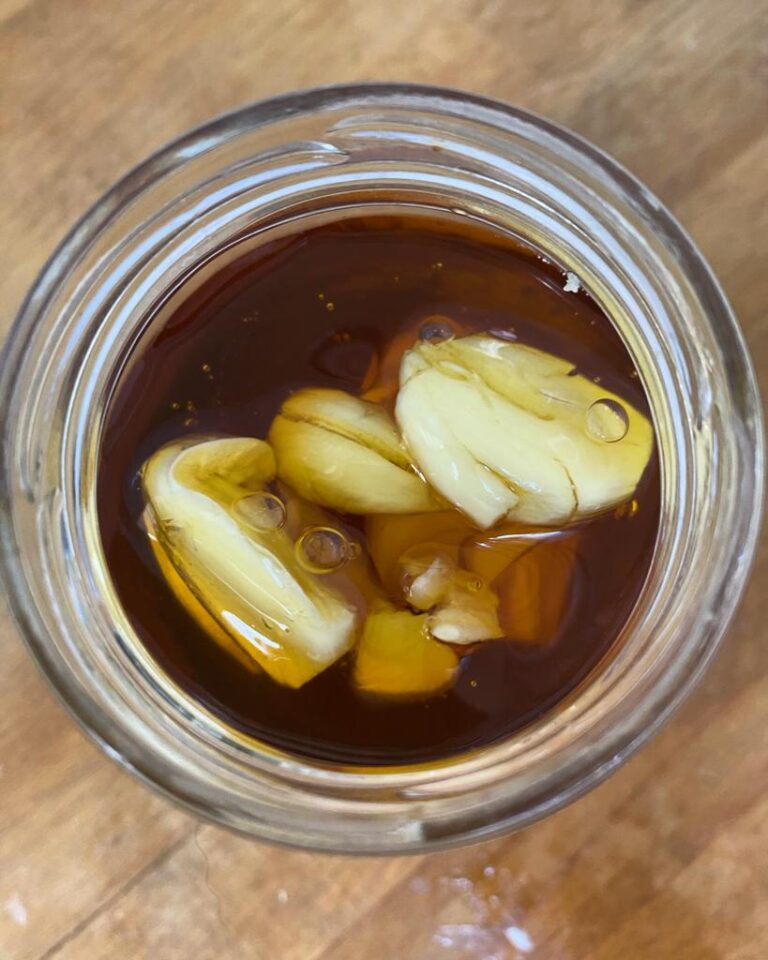Thriving in Harsh Summer Conditions: Conquer the Heat with These Essential Garden Hacks!
Growing plants in scorching summer conditions may seem like a mission impossible, but fear not, fellow gardeners! With a little resourcefulness and a touch of wit, we can equip ourselves with strategies to conquer the heat and nurture our garden. In this comprehensive guide, we’ll explore a range of essential garden hacks, including shade cloth, drip irrigation, regimented watering, ground cover, healthy soil, and a no-dig approach. By implementing these techniques, we’ll transform our gardens into resilient oases that laugh in the face of summer heat!

Utilizing Shade Cloth for Sun Protection
Picture this: your plants basking in gentle shade, sipping their lemonades, and giving the sun a sassy side-eye. Shade cloth is their ultimate summer wingman, shielding them from harsh radiation while ensuring they still get enough light to strut their photosynthetic stuff. Opt for the popular 1/3 shade cloth also referred to as 30% shade cloth, the perfect balance between sun protection and “let’s get photosynthesizing” vibes.
Not all shade cloth is created equal, so it’s essential to choose the right density for your plants’ needs. 1/3 shade cloth provides a comfortable balance by blocking around 1/3 of the suns intensity while allowing enough light for photosynthesis. It acts as a sunscreen for your plants, preventing them from getting sunburned and reducing the risk of heat stress.
When installing shade cloth, make sure to suspend it above your plants to allow for proper airflow. This helps prevent stagnant air pockets that could lead to disease and pest issues. So, create a shady haven for your plants and watch them thrive, protected from the scorching summer sun.
Harnessing Drip Irrigation for Targeted Watering
Say goodbye to water wasted on thirsty foliage and hello to precision hydration! Drip irrigation is like a guided missile, delivering water right where your plants need it the most—Directly to the roots. It’s like offering a cool drink to your plants in a sizzling desert. With this efficient watering technique, you can conserve water, reduce weed growth, and minimize the risk of fungal diseases.

Drip irrigation systems consist of a network of tubes with tiny emitters that release water in a slow, controlled manner directly to the plant’s root zone. This targeted approach ensures minimal water loss due to evaporation or runoff. Additionally, it discourages the growth of weeds since water is not sprayed across the entire garden bed.
To maximize the benefits of drip irrigation, consider incorporating a timer and moisture sensors into your system. This allows for automated watering schedules based on the specific needs of your plants and prevents over or under-watering. With drip irrigation, you can provide consistent hydration to your plants, even during the hottest summer days, promoting healthy growth and saving water.
Implementing a Regimented Watering Schedule
Forget haphazard watering! We’re all about structure and discipline here. By imposing a well-thought-out watering regime, we train our plants roots to become the superheroes of hydration. Early in the season, encourage them to go on a water-seeking adventure, developing robust tap roots and root balls that are ready to combat the fiery wrath of summer.We can do this by watering in heavily for the first day or 2 after planting to ensure the start survives the transplant. However change this to a less frequent but deeper water. For example 20-30 minutes every 3 days instead of 10 minutes per day.
Establishing a watering schedule requires careful consideration of your local climate, plant types, and soil conditions. Start by determining the water requirements of each plant and creating a schedule that meets their needs without overwatering. It’s crucial to strike a balance—keeping the soil moist but not waterlogged—to encourage root growth and prevent rot or diseases caused by excessive moisture.
Consider factors such as soil composition, drainage, and plant maturity when designing your watering regime. Younger plants generally require more frequent watering, while established plants can withstand longer intervals between watering sessions. Monitor the moisture levels of your soil regularly and adjust your schedule accordingly to ensure your plants receive adequate hydration throughout the summer.As summer progresses add on 5 minutes every 2 weeks. I’m month 1 you’ll start with 20 minutes every 3 days. Month 2, 30 minutes every 3 days, month 3, 40 minutes every 3 days. We usually recommend capping the run time at 40 minutes. This is usually enough water for the plants to operate at prime conditions. However if your plants seem droopy and sad you can increase the duration of watering. It’s your call.
Embracing Ground Cover for Temperature Regulation
It’s time for your garden to get dressed! A common theme you may hear in permaculture is that Mother Nature is modest. She likes to be covered. So too does your soil! Ground cover is the fashion statement your plants deserve. By throwing some shade (literally) on the soil’s surface, you decrease its temperature and keep those roots cool as cucumbers. Plus, this protective layer reduces moisture loss through evaporation, ensuring your plants and their roots stay cool, hydrated and happy.
Selecting the right ground cover for your garden involves considering factors such as sun exposure, soil type, and plant preferences. Organic materials like mulch, straw, or wood chips are popular choices due to their ability to retain moisture and suppress weed growth. These materials create a protective barrier, shielding the soil from direct sunlight and reducing soil temperature fluctuations.
In addition to temperature regulation, ground cover also promotes soil health by preventing erosion, improving water absorption, and enhancing microbial activity. It acts as a natural insulator, keeping the soil cooler during hot summer days and conserving moisture. Remember to replenish the ground cover as needed to maintain its effectiveness throughout the season, and your plants will thank you with vibrant growth and resilience.
Nurturing Healthy Soil as a Foundation
Let’s talk about soil, baby! Healthy soil is like a spa retreat for plants. Packed with organic goodness, it holds moisture like a boss and teems with life, creating the perfect environment for plants to flourish. It’s like an all-you-can-eat buffet of nutrients for your little green munchkins. Get your hands dirty and pamper your soil—it’s the secret to gardening success!
To ensure healthy soil, focus on building organic matter and maintaining a balanced soil ecosystem. Organic matter acts as a sponge, retaining moisture and providing essential nutrients to plants. Incorporate compost, well-rotted manure, or other organic amendments into your soil to improve its structure, water-holding capacity, and nutrient availability.
Avoid excessive tilling or digging, as it disrupts the soil structure and can lead to nutrient depletion. Instead, embrace the no-dig approach and encourage earthworms and other beneficial organisms to do the hard work for you. They will naturally aerate the soil, enhance nutrient cycling, and improve its overall health.
Regularly test your soil’s pH and nutrient levels to ensure optimal conditions for plant growth. Adjustments can be made by adding amendments like lime to raise pH or sulfur to lower it, as well as incorporating specific fertilizers to address nutrient deficiencies. By nurturing healthy soil, you create a foundation for strong, resilient plants that can withstand the challenges of summer heat.
Incorporating No-Dig Techniques for Sustainable Soil Health
Here’s a gardening secret: less digging, more thriving! Embrace the no-dig approach and become your soil’s best friend. By avoiding unnecessary disturbance, we keep the soil ecosystem intact, season after season. Let’s build our soil health steadily instead of starting from scratch every year. It’s like a long-term relationship with your soil, minus the heartache!
Setting up the no-dig technique involves sheet mulching, laying organic materials directly on top of the soil. Start by removing any existing weeds or grass, then add a layer of newspaper or cardboard to smother any pesky weeds that are left behind. Follow this with 3-4 inches of compost, and cover finally with leaves or another mulch.

As the layers break down, they enrich the soil, improve its structure, and increase its water-holding capacity. The organic matter attracts earthworms and beneficial microorganisms, which aid in nutrient cycling and soil aeration. This method also reduces weed growth and minimizes the need for excessive watering and fertilization.
By implementing no-dig techniques, you establish a sustainable gardening practice that preserves soil health and reduces the labor required for traditional cultivation methods. Let your garden bed become a thriving ecosystem, teeming with life and providing a fertile home for your plants.
Conclusion
Congratulations, brave gardeners! Armed with shade cloth, drip irrigation, a regimented watering schedule, ground cover, healthy soil, and a no-dig attitude, you’re ready to tackle the fiery challenges of summer. Your garden will flourish, radiating resilience and defying the scorching heat. So, embrace the summer sun and let your garden be the talk of the town—an oasis that thrives against all odds. Remember, gardening is a journey filled with ups and downs, but with a little wit, a green thumb, and these essential garden hacks, you’re destined to be the hero of your flourishing summer garden!






